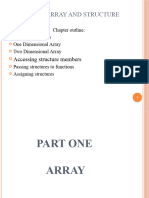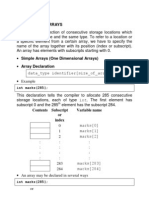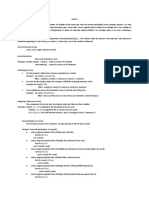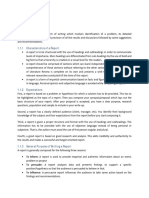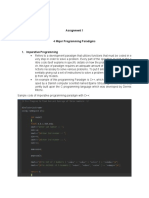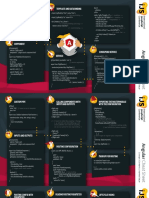0% found this document useful (0 votes)
10 views6 pagesLab 01
This document provides a comprehensive overview of arrays in C++, covering their declaration, initialization, and operations such as accessing elements, displaying values, and calculating sums and averages. It includes examples of code demonstrating how to work with arrays, including user input and basic array manipulations. Additionally, it outlines in-lab and post-lab tasks for practical application of the concepts learned.
Uploaded by
Muqeet AhmadCopyright
© © All Rights Reserved
We take content rights seriously. If you suspect this is your content, claim it here.
Available Formats
Download as PDF, TXT or read online on Scribd
0% found this document useful (0 votes)
10 views6 pagesLab 01
This document provides a comprehensive overview of arrays in C++, covering their declaration, initialization, and operations such as accessing elements, displaying values, and calculating sums and averages. It includes examples of code demonstrating how to work with arrays, including user input and basic array manipulations. Additionally, it outlines in-lab and post-lab tasks for practical application of the concepts learned.
Uploaded by
Muqeet AhmadCopyright
© © All Rights Reserved
We take content rights seriously. If you suspect this is your content, claim it here.
Available Formats
Download as PDF, TXT or read online on Scribd
/ 6












